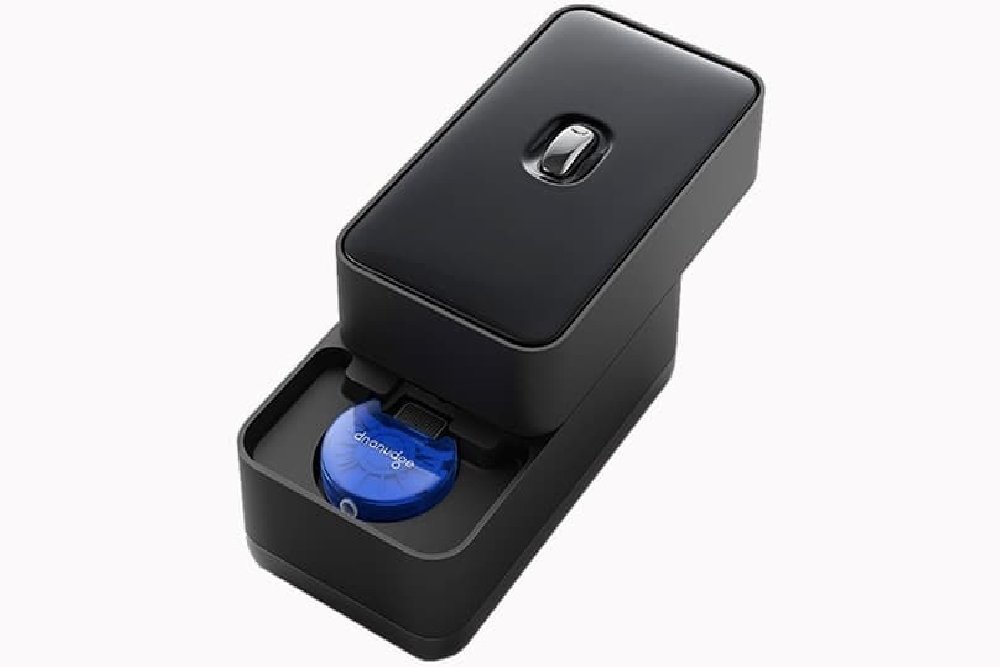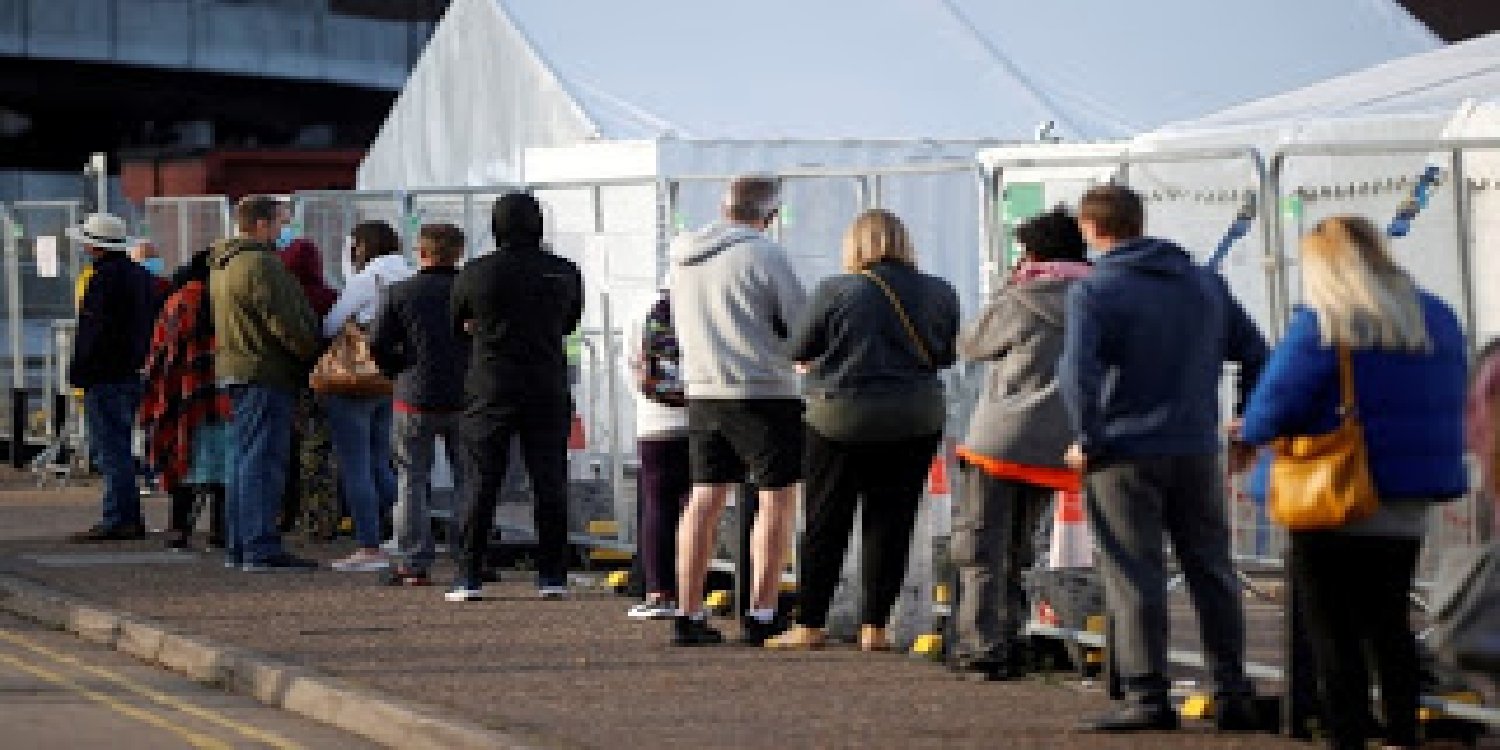Currently the government is facing massive pressure on lack of facility for coronavirus testing. Distressingly, the ‘R’ has climbed from 0.8 one month back to 1.4 today.The health secretary , Matt Hancock on a TV interview today (18th September 2020) put that the testing will be massively ramped up by the end of October 2020. He also commented that some of the people not strictly adhering to the basic preventative methods like social distancing, wearing face masks in enclosed areas and washing hands with soap and water scrupulously resulted in their seeking for Covid-19 test. In the parliament, Jacob Rees Mogg dismissed testing shambles and wanted to stop ‘endless carping’ over the test availability. The research shows that a lot of people repeatedly take tests because they do not strictly adhere to regulations. At the same time the authority in charge of the testing should have foreseen the spurt of infection on school reopening and on relaxation of regulations. Currently it has been reported that 200000 swabs are sitting in the lab and the reported cases are clearly an underestimate of the true magnitude of exponential spreading of coronavirus. It has been also reported that the number of covid patients admitted in hospitals have doubled since last month. It is expected to be much higher in the winter when people go out less often. The only consolation is that the mortality rate of 27% for those covid patients admitted in the hospital in April has come down substantially in the last two months. In this blog I shall explain more about various tests to detect coronavirus.
Any one, having at least two symptoms such as temperature over 37.8 degree centigrade, dry bouts of cough, alteration of taste and smell, fast breathing, fatigue, and diarrhoea can have a Polymerase Chain Reaction (PCR) test under the National Health Service (NHS ) umbrella. The mean incubation period of coronavirus is 4-5 days but it can range from 1-14 days. During the incubation period the PCR test is generally negative. Therefore, it does not make much sense in testing passengers arriving at or leaving an airport, because they might have already transmitted the disease to co passengers or might develop it later.The test is performed by a fully trained, healthcare professional in a laboratory, ward or clinic. It involves analysing a sample collected from deep inside the nose or the back of the throat by a swab. The PCR test works by detecting nucleic acid using reverse transcriptase polymerase chain reaction (RT-PCR). I shall describe it in detail later.The test can take from fewer than an hour to several days to get a result.
Some UK providers such as high street pharmacies and private healthcare providers offer COVID-19 antibody testing for members of the public.This is not a test to show whether the tested person is currently infected.The test involves collecting a finger prick blood sample into a small container which is then transported to a laboratory for analysis. After assaying the antibody titre, the laboratory passes the result to the pharmacists or private healthcare providers, who in turn inform the patient. A positive result with high titre shows that the person had Covid-19, and that he/she is likely not to get coronavirus again and will not transmit the disease to others.
Antigen tests are called rapid test and is popular in America. This is a test based on immunoassay which detects the presence of a specific viral antigen which are protein in nature. This implies current viral infection. Antigen tests are faster than PCR tests, but they have a higher risk for false positives.This means those who are positive after the rapid test may have to undergo PCR test again. The test is good if the viral load is high, and the person had contact with a covid sufferer. Compared to PCR, the rapid tests are cheaper, quicker turnaround, less sensitive and having more false positive results.
The standard test currently done by the NHS is PCR. For the past two weeks, people with symptoms have been scrambling for the test, and a lot of them have been turned down because of lack of capacity in the laboratory. One may wonder how the Ribonucleic Acid (RNA) works on DNA based PCR.
Reverse Transcriptase Polymerase Chain Reaction: PCR only works on DNA, and the COVID-19 virus uses RNA as its genetic code.Once the swab is taken from the naso-pharynx, it is sent to a specialised laboratory. There, the sample is processed, so RNA is isolated and collected. The RNA is mixed with enzymes such as DNA polymerase and reverse transcriptase, DNA building blocks, cofactors, probes and primers. Then the viral RNA is converted to a DNA copy, and that single copy is then converted into millions of copies using PCR that can be easily detected. The Ingredients are;
1) Viral RNA
2) DNA polymerase
3) Reverse Transcriptase
4) DNA building blocks
5) Primers.
On the 4th day of the coronavirus entering human body (incubation period), the false negative for PCR will be 67%, according to Annals of Internal Medicine.Then the false negative varies with the development of symptoms. On the third day of developing symptoms, the false negative will be 20%. Later in covid illness, say after 21days the false negative reaches 66%!
A Lancet medical journal paper shows about Dna Nudge test, developed in Imperial College, London. This test based on DNA polymerase, is claimed to be faster testing without the need to send the specimen to a laboratory. It involves taking a swab from the nostril and introducing it into a shoebox size device, as shown above. It can handle 16 specimens per day and claims 94.4% accuracy.In spite of the approval by the Medicines and Healthcare Products Regulatory Agency (MHRA), I do not know why this has not been produced commercially.
Testing and tracing are the key tools in controlling any viral pandemic because if one has tested positive, isolating his scores of contacts can limit the exponential spreading. Also testing gives an idea about the disease spreading process. Compared to Germany, the second wave of exponential growth of coronavirus in the UK, is attributed to its relatively low number of available test. The public uneasiness of under capacity for testing is expected to get worse as the second wave of pandemic gathers momentum. The government should impose even more local lockdowns where the people are less compliant with the regulation. The government should give PCR testing contracts, and the latest Dna Nudge testing device to a number of small private firms and primary care. It should ensure that care homes to get easy access to these test in order to save more vulnerable lives.


Comment Form